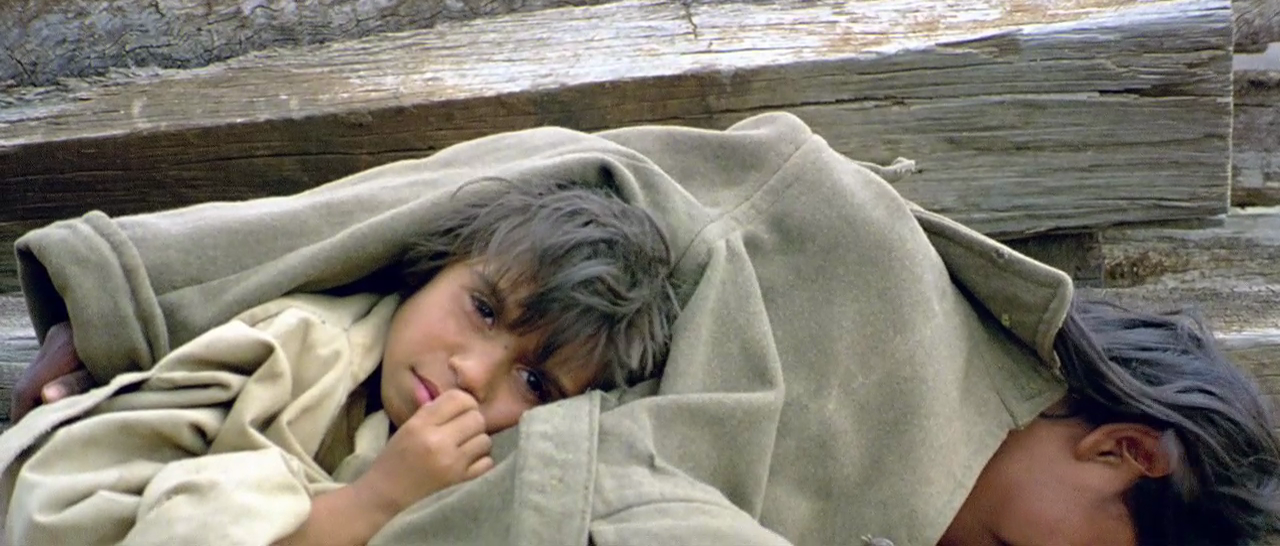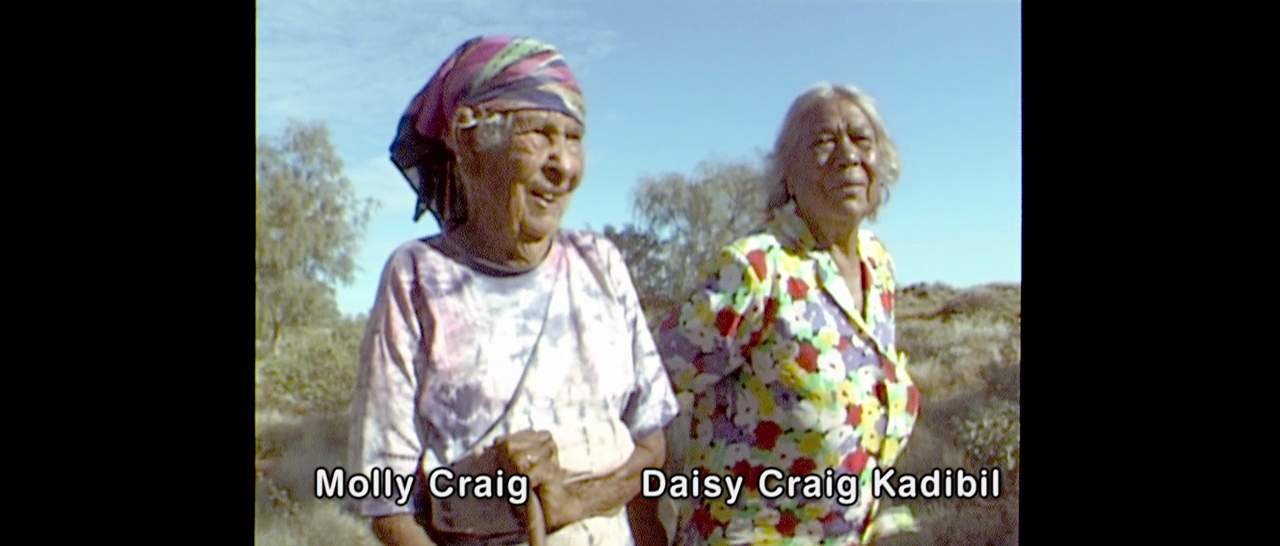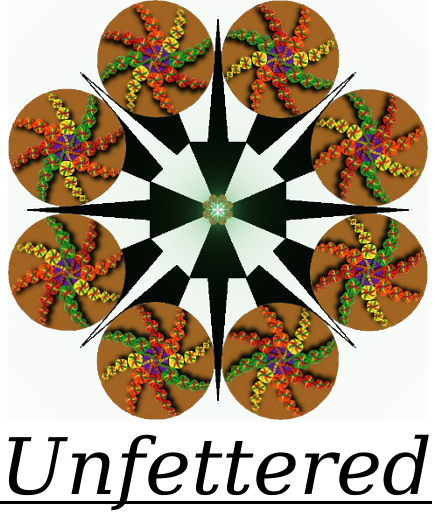
Reacting to “Rabbit Proof Fence”
Rabbit Proof Fence, a 2002 film based on actual events about the Stolen Generations of Aboriginal Australian “half-caste”, or mixed race children, recounts the story of Molly Craig, Daisy Craig Kadibill, and Gracie Fields as they escape a cultural indoctrination camp and make their way back home, on foot, across a vast 1200 mile expanse. All the while they make their trek, this trio of young girls are being chased down by a skillful Aboriginal tracker, familiar with the native land, and this threat is compounded as the girls are also being simultaneously outpaced by the technology of the colonial forces that are hunting them down for their own sense of sanctimonious pride. As a true story, being recounted by the surviving Molly Craig, this story might punch the viewer in the gut, bringing into sharp focus the uncomfortable truth of violent cultural indoctrination, of young children being torn from their homes and families, of young girls being deliberately raped in order to weaken the Aboriginal bloodline and produce generations of ever lighter skin, which naturally indicates greater intelligence, according to the logic of the time, of children being forced to neglect their native tongue and beliefs, being forced to assimilate into a culture that is not their own, and of people being forced to enforce this indoctrination from within, living under threat and coercion. This is one of those “test your humanity” films, if you don’t feel anything, you might consider some introspection.
Watching the film, we might be made to remember the colonization of America, and the forced cultural conditioning of the Native Americans, the schools that outlawed Native languages, and policies of stripping the human of the Native within in order to save the man… I am struck by the sanctimonious attitude of the notion, that, in ripping families apart and destroying an existent culture, that the colonizers are somehow doing a kindness to the people to whom they are traumatizing, if only they were able to see it. I am struck by the forced adoption of Christianity, a cultural poison of the mind that was used to create mental prisons for African slaves in early America, and used in the events in this film as a tool to force assimilation and cultural conditioning. I see a clear connection between the assumptive sanctimonious presumptuousness of the colonizers and this religious ideology. Knowing how Christianity was spread, as a weapon, as a tool of colonization, and as an enslaving force intended to literally kill the spirit of those to whom it was prescribed, who were dominated, I wonder how any inheritors of this forced conditioning can continue to embrace this cosmology, this core ideology of colonization, how could they see it as anything but the lasting marks of mental imprisonment, relative and contrite? A matter of faith, I suppose, but my sense is that it was both a weapon and a shield, and I am in awe of its effectiveness over generations, I always have been.
My family is a mixed race family, my kids and step kids are a range of races, whatever that actually means, and the only think that I could think was that, less than a hundred years ago, this view prevailed, this practice lived as an official policy of an entire country, and this conditioning continued into the modern age that we now live in. It leaves me to wonder, knowing that a mere 100 years is… only a few generations, and knowing the kind of xenophobic and hateful views that are dominant in American politics today, and the kind of groups that have experienced empowerment that comes with those views, what the future might hold for my kids, how they are viewed, and how I am viewed by my white peers. I already know a lot fo the answers there, time tells quickly who is and isn’t worth making the effort for when you don’t conform, but the tension and concern remains real. My wife and I were discussing this topic, this concern for our own so called “mixed race” kids, literally moments before I pressed play on Rabbit Proof Fence, not knowing the core issue that it addressed. She had to leave the room, and it was difficult for me to watch, but I decided long ago that discomfort was an unpleasant necessity tht we all need to embrace in order to live a life of legitimacy, and, despite my own wrenching stomach, I watched.
All that I have to offer about this experience is the insight that, once it touches you, personally, once it touches the interior of your home, your family, the threat becomes real in a way that leaves you embarrassed about who you thought you were before, despite any truth to your intention to be an ally, and despite any truth to your compassion and insight. The palpable nature of the threat is different when it threatens those that you hold the closest, and the best thing that any of us can do, is to listen with an open heart.
The notion was repeated by various characters throughout the film, time and time again, that the Aboriginal people needed to be saved form themselves. I won’t give away the details of the story, but, by the looks of our narrator and heroin today, they don’t need to be saved by anyone at all…

